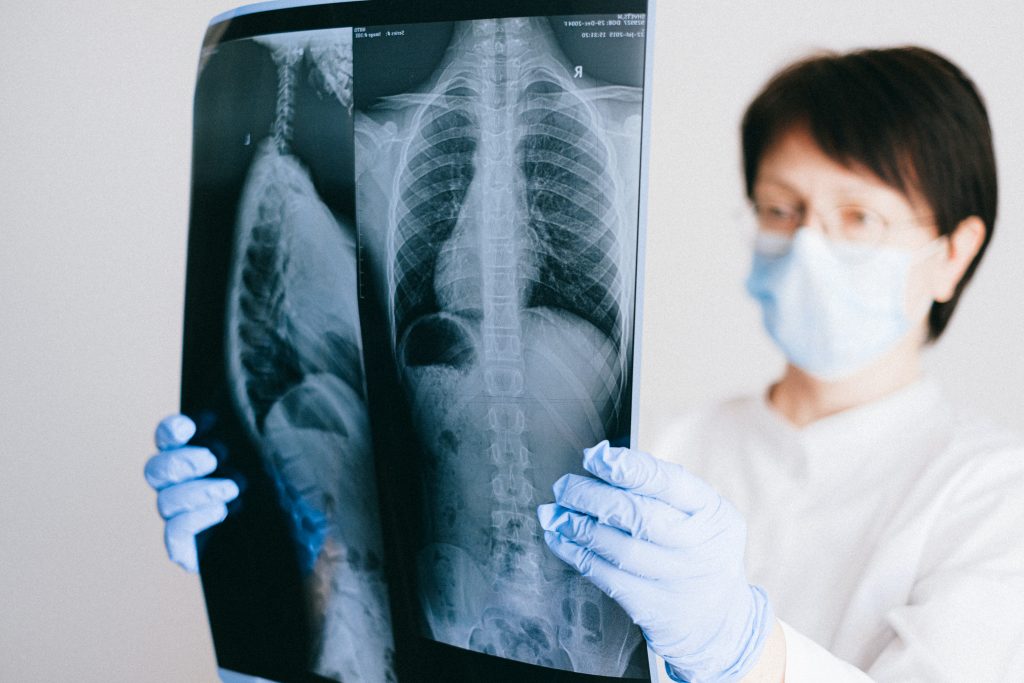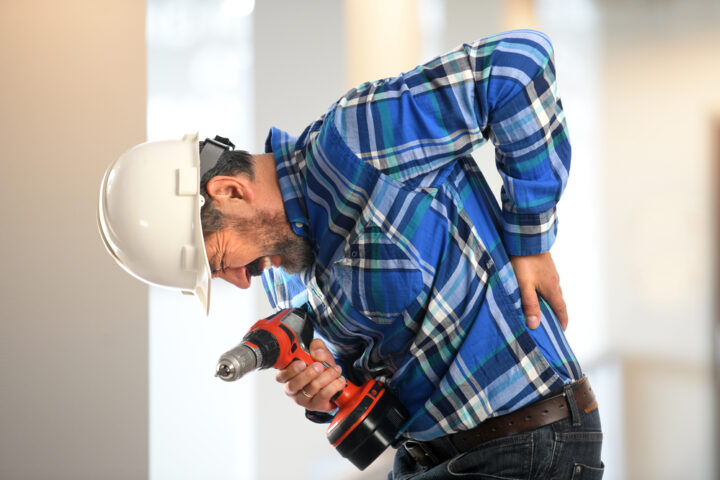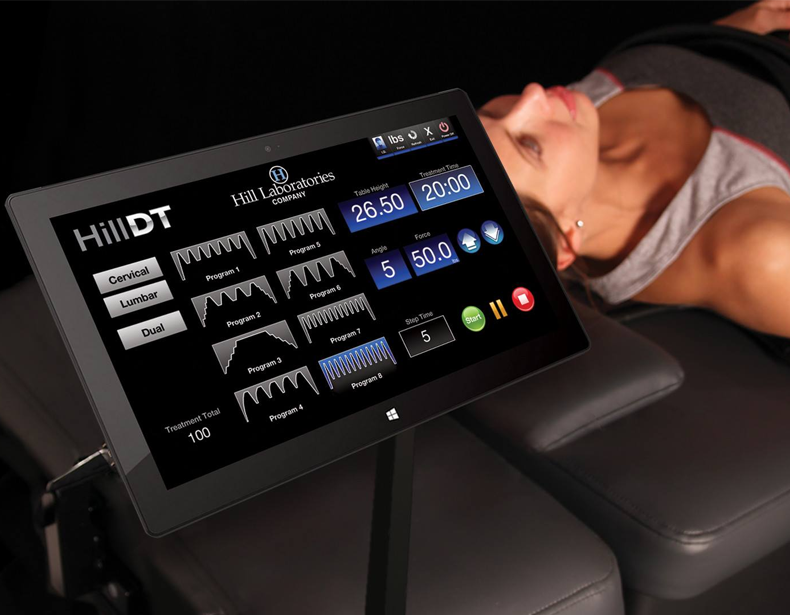Short and long-term complications of spinal surgery can include postoperative spine infection.
Surgical site infection (SSI) is the most common complication of surgery around the world and is both unpleasant and harmful for patients, increases the care burden on families and communities, and is very costly for patients and providers. Serious surgical site infection can even lead to death. [2]
Two Comprehensive Studies
Study One, Postoperative Spine Infection: Diagnosis and Management, identifies that infection rates vary greatly based on the type of spine surgery performed, ranging from 0% to 18%. The rate of infection is affected by a variety of factors, only some of which can be changed. As a result of devitalised soft tissues, revision surgery is a nonmodifiable risk factor for postoperative spine infection.
To reduce the risk of postoperative infection and other complications, patients should be counselled prior to undergoing elective spine surgery. [1]
Study Two Routine sterile glove and instrument change at the time of abdominal wound closure to prevent surgical site infection, shows that surgical site infection (SSI) remains the most common complication of surgery worldwide. This study aimed to test whether a routine change of gloves and instruments before wound closure reduced abdominal SSI. [2]
Findings
Findings from Study One: Lumbar spine radiographs taken 1 month postoperatively (A) and 2 months postoperatively (B). The 2-month postoperative radiograph shows significant L3-4 endplate erosions indicative of infection. [1]

Findings from Study Two: Between June 24, 2020 and March 31, 2022, 81 clusters were randomly assigned, which included a total of 13 301 consecutive patients (7157 to current practice and 6144 to intervention group). Overall, 11 825 (88·9%) of 13 301 patients were adults, 6125 (46·0%) of 13 301 underwent elective surgery, and 8086 (60·8%) of 13 301 underwent surgery that was clean–contaminated or 5215 (39·2%) of 13 301 underwent surgery that was contaminated–dirty.
Glove and instrument change took place in 58 (0·8%) of 7157 patients in the current practice group and 6044 (98·3%) of 6144 patients in the intervention group. The SSI rate was 1280 (18·9%) of 6768 in the current practice group versus 931 (16·0%) of 5789 in the intervention group (adjusted risk ratio: 0·87, 95% CI 0·79–0·95; p=0·0032). [2]
A Safe Alternative to Surgical Spinal Decompression
Disc herniations, bulging discs, and degenerative disc disease are the most common conditions that respond to non surgical spinal decompression (NSSD). The NSSD procedure uses a computerised medical device to gently reduce pressure on specific discs, releasing pinched nerves and relieving chronic pain in the lower back and neck. During the gentle stretch and release protocols, a vacuum effect is created that encourages retraction and repositioning of any bulging or herniated disc material, allowing the disc to heal and rehydrate.
The alternative surgical procedure is either a Microdiscectomy, in which the disc material is surgically removed, or a Laminectomy, in which a portion of the vertebral bone is surgically removed. NSSD provides an effective alternative to surgical procedures without the risk of infection, side effects or lengthy recovery, associated with surgery. To learn more about non surgical spinal decompression please visit us here.
[1] Source: https://www.ncbi.nlm.nih.gov/pmc/articles/PMC6295816/










Comments are closed.